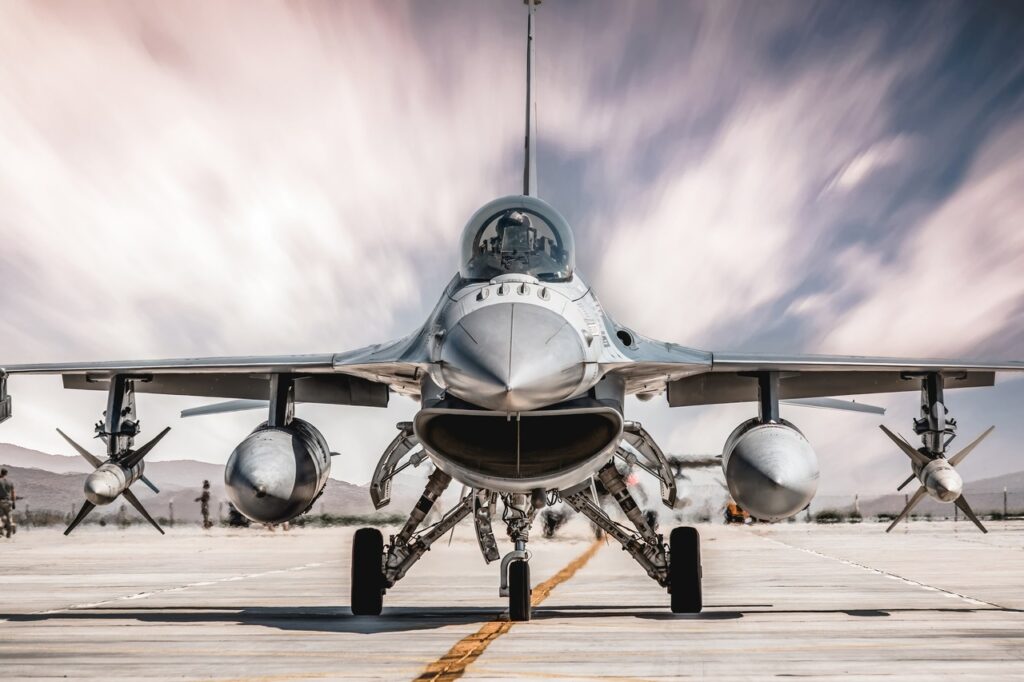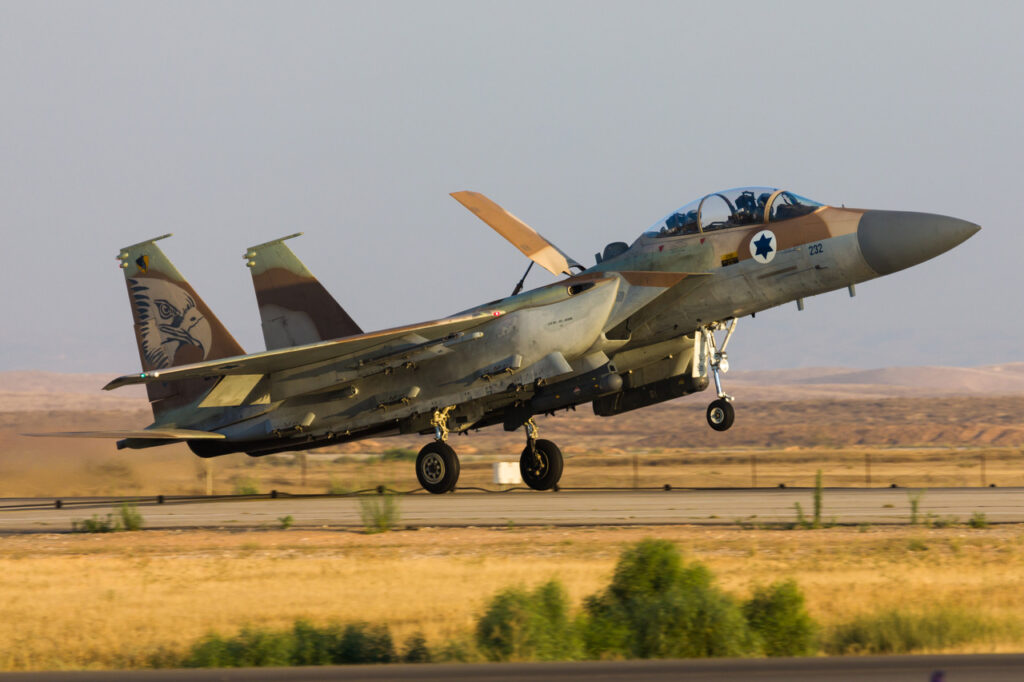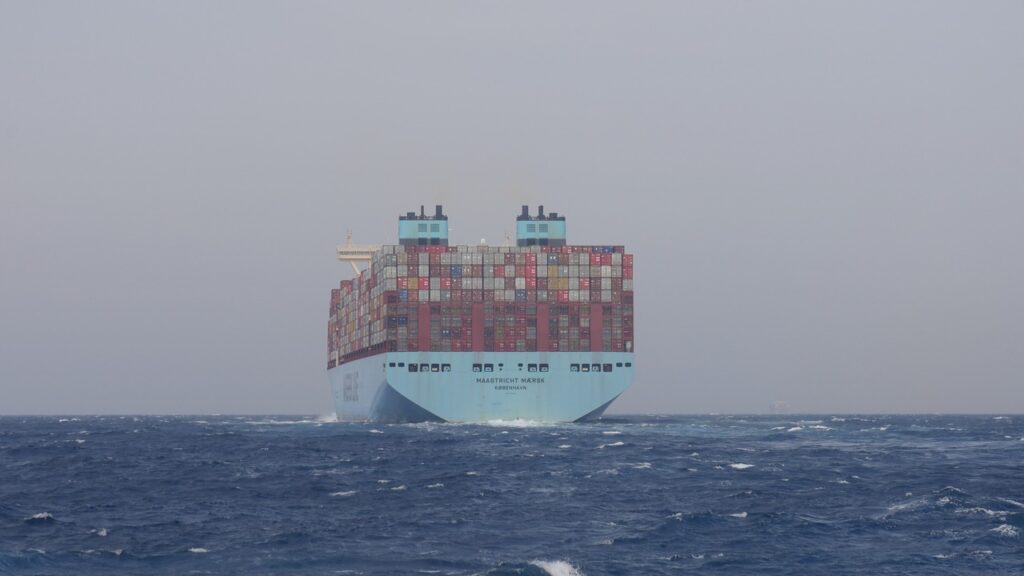
The B-2 Stealth Bomber Would Play A Central Role In A War Against Iran Or North Korea
Here’s What You Need To Remember: The new B-21 Raider bomber, set to enter service in the mid-2020s, appears very similar to the B-2. Meanwhile, the current B-2 fleet will likely fly for another twenty years or more. All of this adds up to the Air Force flying bat-winged, stealthy bombers for another forty or even fifty years, a testament to the original flying wing stealth design that dates all the way back to World War II.
The B-2 Spirit is one of three strategic heavy bombers in U.S. Air Force service. Originally conceived to infiltrate the Soviet air-defense network and attack targets with nuclear weapons, over the decades its mission has grown to include conventional precision attack. The B-2 is the most advanced bomber in U.S. service, and the only one of three types that still carries nuclear gravity bombs.
In the late 1970s, the administration of President Jimmy Carter opposed the high-speed B-1A bomber as a waste of government money. Carter had been briefed on the new field of stealth technology and was responsible for the development of the F-117A stealth fighter. Instead of the B-1A, Carter authorized development of the Advanced Technology Bomber, or Stealth Bomber. Little was known about the bomber at the time except that it would incorporate new radar-evading technologies and possibly a dramatically different shape than previous bombers.
The U.S. Air Force sent out a Request for Proposal in 1980, and in October 1981 Northrop won a $7.3 billion initial contract to produce 127 Advanced Technology Bombers. Northrop was a curious pick—after all, it had not produced any bombers since World War II.
Northrop had been working on stealth since at least the mid-1960s. At a research facility in Rancho Palos Verdes, California Northrop had been working on radar-evading aircraft shapes and radar-resistant materials. The company lost the competition to build the Experimental Survivable Test Bed (XST), what would later become the stealth fighter to Lockheed, but did win the opportunity to build another stealth test bed, Tacit Blue. Tacit Blue featured 360 degree stealth, a must-have for a penetrating strategic bomber.
Engineers had long known that flying wings had a minimal radar signature, and flying wings were a Northrop specialty. The company had produced four flying wings: the Northrop N-9M, the XB-35 and YB-49, and the YB-49A. None had been picked up by the Air Force, but it gave Northrop a great deal of experience with the aircraft form. A flying wing properly shaped to further confound radar and use of advanced composite materials would create the ultimate penetration bomber, undetectable by radar.
What a War Between NATO and Russia Would Look Like.
The B-2 was developed as a black program, with all of the pluses and minuses that entails. On the plus side, it was developed with a high level of secrecy, and until rollout in 1988 few were sure exactly what the B-2 looked like. On the other hand costs—and development problems that caused them to rise—were kept secret until 1988. The cost of the overall B-2 program rose from 35.7 to 42.8 billion dollars. Approximately one billion was spent strengthening the wing, an Air Force requirement, should the bomber ever be required to fly at low altitude. There were also allegations of fraud and overcharging, at least one of which was settled out of court. The poisoned relationship between the Air Force and Northrop is regarded by some as one reason why the Advanced Technology Fighter competition, which produced the F-22A Raptor fighter, went to competitor Lockheed Martin and not Northrop.
On November 22, 1988 the first B-2 was rolled out at Air Force Plant 42 in Palmdale, California, and given the name “Spirit.” The bomber looked like a boomerang, with a serrated rear section. Like previous Northrop designs it lacked a tail, seamlessly blended wing and body, and buried its four General Electric F118-GE-100 non-afterburning turbofans deep within the aircraft fuselage. Spectators were kept 200 feet from the aircraft to prevent close inspection of the plane’s features.
At the time of rollout, the B-2’s unit cost was estimated at $515 million each, making it the most expensive plane ever made. The value of stealth had not been proven in battle, and Congress began to fret about the cost of the projected 132 aircraft. On top of cost and effectiveness issues Mikhail Gorbachev’s Perestroika reforms had considerably lowered tensions between the United States and the Soviet Union, reducing the likelihood of nuclear conflict. The number of aircraft was eventually trimmed to just twenty-one.
The B-2 is sixty-nine feet long and seventeen feet high. It has wingspan of 172 feet—exactly the same as that of the XB-35 and YB-49. It has a speed of 680 miles an hour, and had a maximum altitude of 50,00 feet. It has an unrefueled range of 6,000 miles, and has midair refueling capability.
The new bomber was one of the first military aircraft to make widespread use of new composite materials. Nearly 80 percent of the aircraft is made from woven composites that incorporated glass, carbon, and graphite fibers, while the remainder is made of aluminum and titanium. The Spirit also has a radar absorbent coating whose sole purpose is to further reduce the radar signature. Former Air Force Chief of Staff Larry Welch has stated that the B-2 has a radar cross section in the “insect category.”
The B-2 has two weapons bays built into the belly section that together can hold up to 60,000 pounds of ordnance. Each bay carries eight bomb racks, and in the nuclear role the bomber can carry an assortment of up to sixteen B61-7 bombs (10–360 kilotons), B61-11 bombs (400 kilotons) or B-83-1 thermonuclear bombs (1.2 megatons). The Spirit will also carry the new B-61-12 bomb with a “dial-a-yield” configuration, giving it a yield of .3, 1.5, 10 or 50 kilotons. The B-2 does not carry any nuclear-armed missiles at this time but will carry the Long Range Standoff nuclear cruise missile when it enters service.
The need to penetrate advanced air-defense networks in the post–Cold War era led to B-2s acquiring a conventional strike capability. The bomber can carry up to sixteen Joint Directed Attack Munition (JDAM) satellite-guided 2,000 pound bombs. In the past it has also carried CBU-87 Combined Effects Munitions and CBU-90 Gator mine dispensers, but submunition-dispensing munitions are being phased out in U.S. inventories. The bomber also carries the AGM-154 Joint Standoff Weapon, a glide bomb with a range of up to fifty miles and a GPS-based guidance system. For standoff attacks, the Spirit can carry the AGM-158 Joint Air Surface Standoff Missile (JASSM) and the new, longer-range JASSM-ER (extended range). Finally, the B-2 can carry two 30,000 pound twenty foot long Massive Ordnance Penetrator (MOP) bombs for attacking hardened targets, one per weapons bay.
The B-2 has seen extensive use in the conventional role. The Spirit first dropped bombs in anger in the 1999 Kosovo War, followed by the Iraq War in 2003. B-2s were among the first to drop bombs on the Taliban and Al Qaeda in Afghanistan after 9/11, and bombed Libyan forces in 2011. The bombers are restricted to flying from a handful of locations, due to their need for special climate controlled accommodations to protect their radar-absorbent coatings. Flight time from the home of the Spirit fleet, Whiteman Air Force Base, Missouri, to Iraq is thirty-eight hours and includes 4–5 aerial refuelings. Small numbers of B-2s can also operate from Andersen Air Force Base on the island of Guam in the Pacific and RAF Fairford in the UK.
B-2 bombers would almost certainly take part in any attack on North Korea’s nuclear program, which would almost certainly be a part of or escalate to a larger war between Pyongyang, its neighbors and the United States. While the B-1B bomber can launch cruise missile strikes against exposed targets, the B-2 would be sent after the North Korean leadership itself. The Spirit would drop Massive Ordnance Penetrator bombs on hardened and underground North Korean command and control system, ideally disrupting its ability to issue orders to launch missiles. Spirits would also drop MOPs on any hardened leadership facilities suspected of hiding North Korean leader Kim Jong-un and any concrete-protected nuclear storage and missile launch facilities.
Conventional or nuclear, the B-2 Spirit can handle almost any precision attack mission in any environment imaginable, located at practically any point on Earth. The new B-21 Raider bomber, set to enter service in the mid-2020s, appears very similar to the B-2. Meanwhile, the current B-2 fleet will likely fly for another twenty years or more. All of this adds up to the Air Force flying bat-winged, stealthy bombers for another forty or even fifty years, a testament to the original flying wing stealth design that dates all the way back to World War II.
Kyle Mizokami is a writer based in San Francisco who has appeared in The Diplomat, Foreign Policy, War is Boring and The Daily Beast. In 2009 he cofounded the defense and security blog Japan Security Watch. You can follow him on Twitter: @KyleMizokami. (This first appeared in 2017.)
Image: Reuters.


